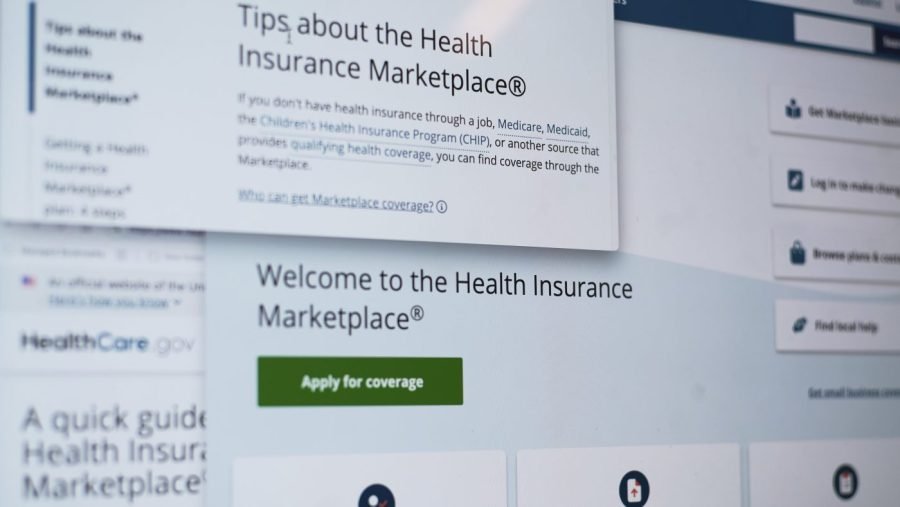Idaho’s open enrollment began on Oct. 15, and premium hikes were noticeable.
“On average, gross premiums, or the overall cost of the premium, has gone up about 10 percent. And the net premium, or the amount the consumer pays after the tax credit has been applied, has increased about 75 percent” or $1,200 a year, said Pat Kelly, executive director of Your Health Idaho.
“So, those are averages across all of our enrollees, but it does give an indication of overall increase and then increase to what the consumer actually pays.”
Despite the dire time constraints, Kelly said he would welcome extensions to the ACA tax credits at any time, saying, “We stand ready to move mountains, if needed, to make sure that Idahoans receive all the savings that they’re eligible for.”
The newly expensive reality is setting in for consumers in other states where window shopping periods for plans have begun. Healthcare.gov is expected to begin posting prices early next week, ahead of the Nov. 1 start of the federal open enrollment period.
More than a dozen states that operate their own exchanges are offering previews of plans and prices including California, Georgia, Kentucky, Nevada, Maryland and Maine.
Experts worry that the sticker shock will push many to forego coverage next year. Even if there’s ultimately a deal in Congress, it will be difficult to find those people and make them aware of lower prices.
For instance, many Idahoans will be automatically reenrolled into their plans under their new rates, potentially leaving some people unaware of the upcoming spike in their monthly costs.
According to Gideon Lukens, director of research and data analysis on the health policy team for the Center on Budget and Policy Priorities, premium costs in about a dozen states are increasing more than $20,000 annually on average for a 60-year-old couple making $85,000.
